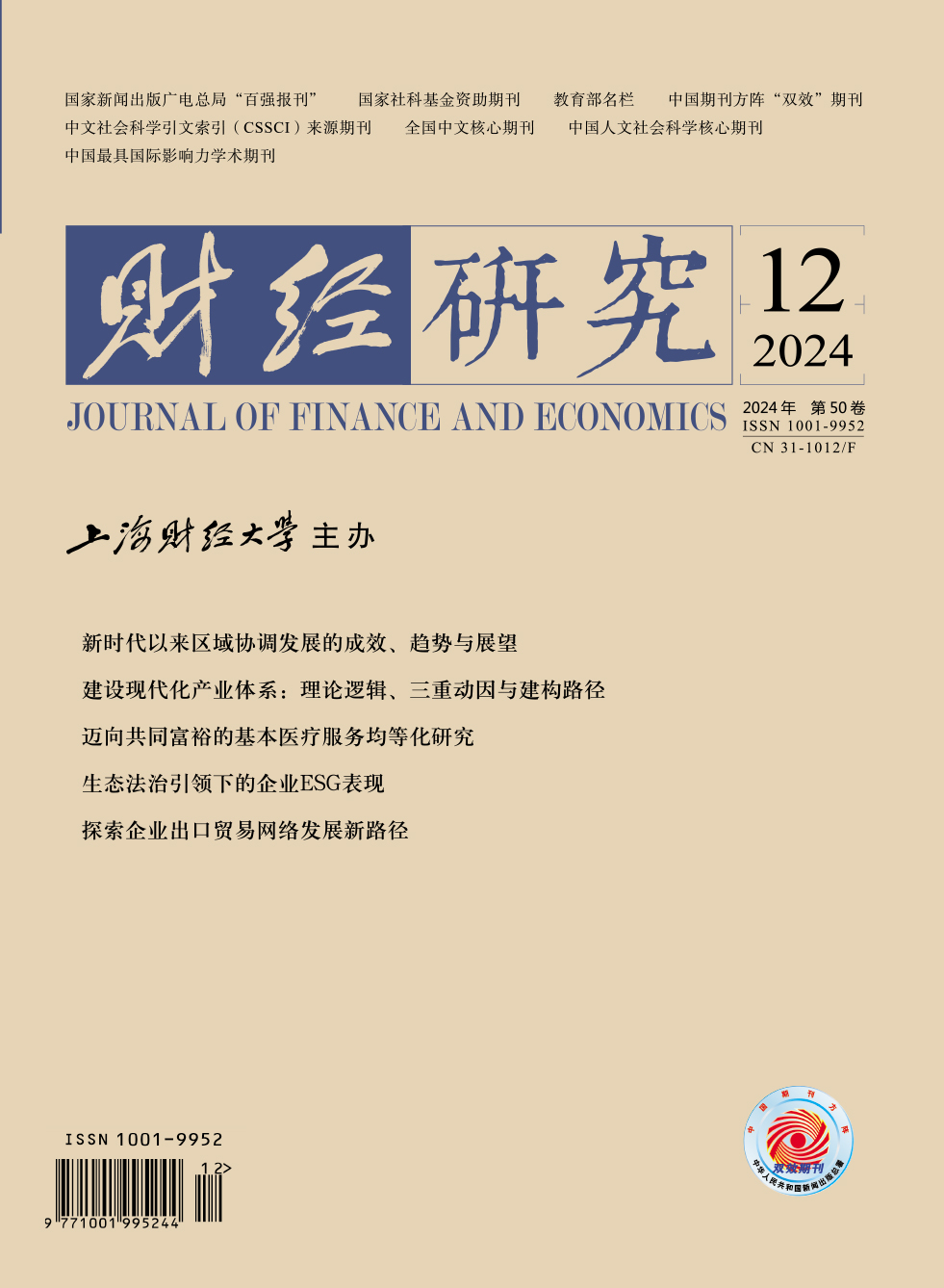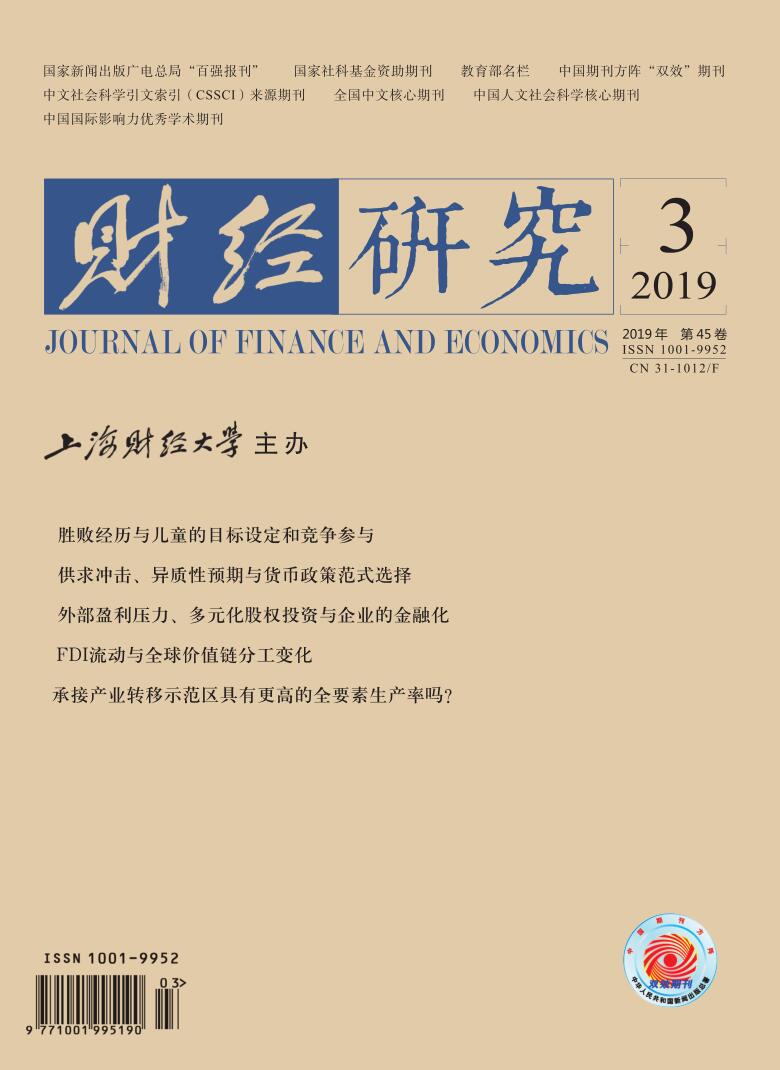Institutional investors have become the dominant force in China’s stock market and play an important role in stabilizing the market and improving its efficiency. There are obvious distinctions in investment objectives, trading strategies and decision-making approach between short-term and long-term institutional investors, so it is necessary to distinguish them when exploring the relationship between institutional investors and the market stability. Positive public information often keeps investors in optimistic mind and leads to overvaluation of stocks. In the absence of short-selling constraints, stock mispricing will not be corrected by the market in time, so that overvaluation becomes obvious and persistent. Institutional investors with different term usually respond differently to the same information, which may lead to different extent of overvaluation. This paper examines whether there is a difference in the extent of overvaluation among the stocks of different investment term. It also examines whether this difference is affected by the overall market quotation, and whether the institutional investors of different term attach different importance to positive public information. The results suggest that, positive public information leads to more serious overvaluation of the stocks favored by short-term institutional investors when the market is short-sale constrained. The stocks with shorter term have higher cumulative returns during the issuance of positive analyst ratings. The difference in the extent of overvaluation among the stocks of different term is significant in the bull market, but no longer significant in the bear market. This may be because institutional investors(both long-term and short-term)are cautiously optimistic about positive public information in the bear market, and as the prices of stocks generally declined, previously excluded " pessimistic” investors can enter the market. Short-term institutional investors are more reliant on public information than long-term institutional investors when they make decisions, which may be seemed as an explanation for the above phenomena. These results show that the short-term behavior of institutional investors aggravates market volatility, which is an important reason for stock price bubbles. Regulatory authorities can identify institutional investors according to investment term and the role of information dissemination. The relationship between short-selling constraints and stock overvaluation has been extensively studied. On this basis, we further explore the relationship between institutional investment term and stock overvaluation. It is always difficult to separate the effect of public information from private information when making an analysis on the impact of market information on institutional investors’ decision-making. We attempt to solve this problem by introducing the social network analysis into the study of institutional investors’ decision-making behavior. We explore the impact of positive public information on institutional investors’ valuation and trading behavior, which advances the research on the relationship between institutional investors’ decision-making behavior and the stability of the capital market, and also provides a reference for institutional investors to formulate relevant strategies.
 / Journals / Journal of Finance and Economics
/ Journals / Journal of Finance and EconomicsJournal of Finance and Economics
LiuYuanchun, Editor-in-Chief
ZhengChunrong, Vice Executive Editor-in-Chief
YaoLan BaoXiaohua HuangJun, Vice Editor-in-Chief
Public Information,Investment Term and Overvaluation
Journal of Finance and Economics Vol. 45, Issue 03, pp. 86 - 99 (2019) DOI:10.16538/j.cnki.jfe.2019.03.007
Summary
References
Summary
[1]Chen G J, Zhang Y J, Liu C. Does the institutional investors aggravate the instability of financial markets[J]. Journal of Financial Research, 2010, (11): 45-59. (In Chinese)
[2]Chen X C, Liu Y, Luo R H. Will institutional investors information sharing draw black swan? Fund information network and extreme market risk[J]. Journal of Financial Research, 2017, (7): 140-155. (In Chinese)
[3]Huang S W, Lei L. Institutional holdings and analysts stock recommendations[J]. Journal of Guizhou University of Finance and Economics, 2015, (2): 12-20. (In Chinese)
[4]Li K, Xu L B, Zhu W H. Short-sale constraint and stock mispricing: The evidences from the margin transactions institution[J]. Economic Research Journal, 2014, (10): 165-178. (In Chinese)
[5]Liu J J, Su C L. Contagious fund: Cash flow and performance in network[J]. Management World, 2016, (1): 54-65. (In Chinese)
[6]Liu J J, Xu H P. Institutional investors: Long or short term investors?[J]. Journal of Financial Research, 2012, (9): 141-154. (In Chinese)
[7]Luo K, Wang C F, Fang Z M. The information in the sell-side analyst report: Based on the perspective of market microstructure theory[J]. Forcasting, 2017, (4): 56-62. (In Chinese)
[8]Shi Y D, Li F Y. Short-sale constraint, opinion converge, and price effects of announcements: The evidence from Chinese A-share market[J]. Journal of Financial Research, 2012, (8): 111-124. (In Chinese)
[9]Shi Y D, Wang J L. Do Chinese institutional investors really stabilize the market?[J]. Economic Research Journal, 2014, (12): 111-124. (In Chinese)
[10]Xiao J. Stock market cycle and fund investors’ Choices[J]. China Economic Quarterly, 2013, (7): 1299-1320. (In Chinese)
[11]Xiao X R, Liu J, Zhao H J. Institutional investors behavior contagion: Investors network perspective[J]. Management World, 2012, (12): 35-45. (In Chinese)
[12]Xu H F, Zhu S. Does the trade from institutional investors induce stock bubble[J]. Chinese Journal of Management Science, 2012, (8): 18-26. (In Chinese)
[13]Asquith P, Pathak P A, Ritter J R. Short interest, institutional ownership, and stock returns[J]. Journal of Financial Economics, 2005, 78(2): 243-276. DOI:10.1016/j.jfineco.2005.01.001
[14]Barber B, Lehavy R, Mcnichols M, et al. Can investors profit from the prophets? Security analyst recommendations and stock returns[J]. Journal of Finance, 2001, 56(2): 531-563. DOI:10.1111/0022-1082.00336
[15]Black F. Noise[J]. Journal of Finance, 1986, 41(3): 529-543. DOI:10.1111/j.1540-6261.1986.tb04513.x
[16]Chopra N, Lakonishok J, Ritter J R. Measuring abnormal performance: Do stocks overreact?[J]. Journal of Financial Economics, 1992, 31(2): 235-268. DOI:10.1016/0304-405X(92)90005-I
[17]Cohen L, Frazzini A, Malloy C. The small world of investing: Board connections and mutual fund returns[J]. Journal of Political Economy, 2008, 116(5): 951-979. DOI:10.1086/592415
[18]Cremers M, Pareek A, Sautner Z. Short-term instituions, analyst recommendations, and mispricing[R]. SSRN Working Paper, 2018.
[19]Dennis P J, Strickland D. Who blinks in volatile markets, individuals or institutions?[J]. Journal of Finance, 2002, 57(5): 1923-1949. DOI:10.1111/0022-1082.00484
[20]Diether K B, Lee K-H, Werner I M. It’s SHO time! Short-sale price tests and market quality[J]. The Journal of Finance, 2009, 64(1): 37-73. DOI:10.1111/j.1540-6261.2008.01428.x
[21]Froot K A, Scharfstein D S, Stein J C. Herd on the street: Informational inefficiencies in a market with short-term speculation[J]. Journal of Finance, 1992, 47(4): 1461-1484. DOI:10.1111/j.1540-6261.1992.tb04665.x
[22]Harrison J M, Kreps D M. Speculative investor behavior in a stock market with heterogeneous expectations[J]. Quarterly Journal of Economics, 1978, 92(2): 323-336. DOI:10.2307/1884166
[23]Hong H, Stein J C. Differences of opinion, short-sales constraints, and market crashes[J]. Review of Financial Studies, 2003, 16(2): 487-525. DOI:10.1093/rfs/hhg006
[24]Irvine P, Lipson M, Puckett A. Tipping[J]. Review of Financial Studies, 2007, 20(3): 741-768. DOI:10.1093/rfs/hhl027
[25]Lakonishok J, Shleifer A, Vishny R W. The impact of institutional trading on stock prices[J]. Journal of Financial Economics, 1992, 32(1): 23-43. DOI:10.1016/0304-405X(92)90023-Q
[26]Loh R K, Stulz R M. When are analyst recommendation changes influential?[J]. Review of Financial Studies, 2011, 24(2): 593-627. DOI:10.1093/rfs/hhq094
[27]Miller E M. Risk, uncertainty, and divergence of opinion[J]. Journal of Finance, 1977, 32(4): 1151-1168. DOI:10.1111/j.1540-6261.1977.tb03317.x
[28]Pareek A. Information networks: Implications for mutual fund trading behavior and stock returns[R]. SSRN Working Paper, 2012.
[29]Scheinkman J A, Xiong W. Over confidence and speculative bubbles[J]. Journal of Political Economy, 2003, 111(6): 1183-1220. DOI:10.1086/378531
[30]Shiller R J, Pound J. Survey evidence on diffusion of interest among institutional investors[R]. NBER Working Paper No.1851, 1986.
[31]Wei K D, Wermers R, Yao T. Uncommon value: The characteristics and investment performance of contrarian funds[J]. Management Science, 2015, 61(10): 2394-2414. DOI:10.1287/mnsc.2014.1982
Cite this article
Guo Baiying, Zhou Renyuan. Public Information,Investment Term and Overvaluation[J]. Journal of Finance and Economics, 2019, 45(3): 86-99.
Export Citations as:
For




 5291
5291  8640
8640

